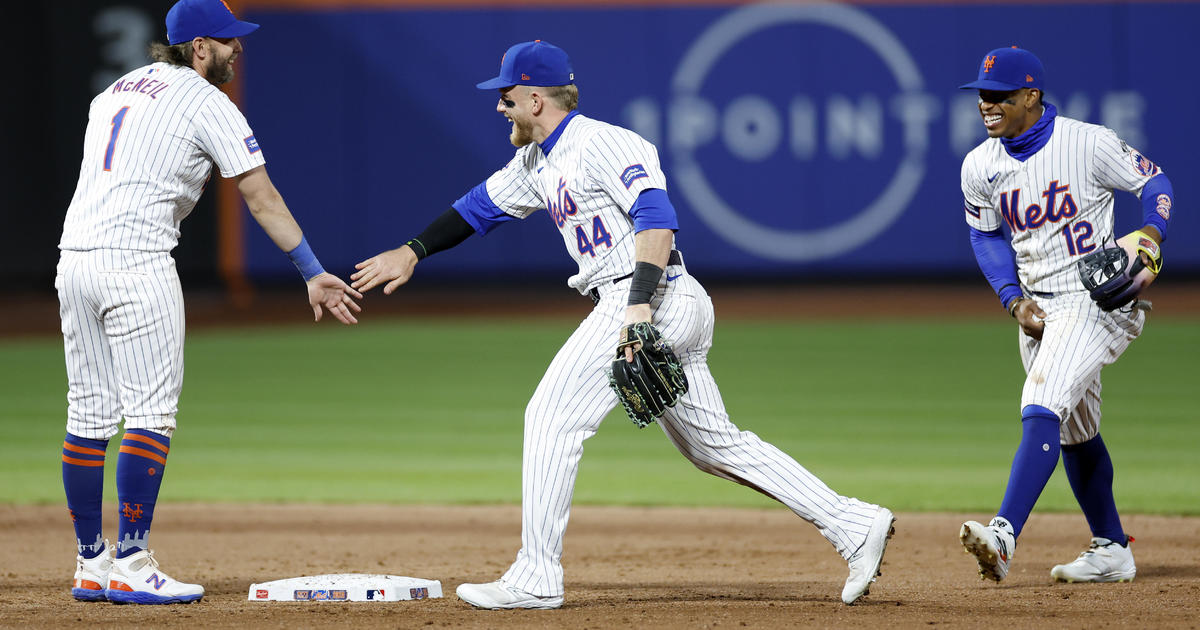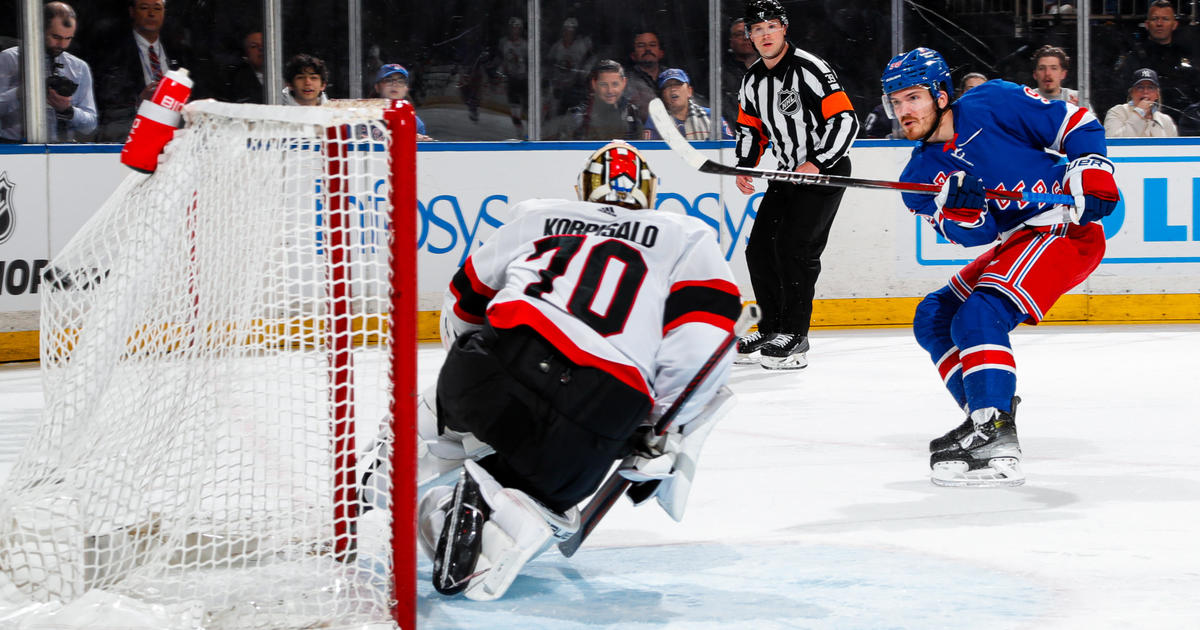Kallas Remarks: Could Every NFL Player Become A Free Agent?
By Steve Kallas
» More Columns
Tom Brady, et al. v. National Football League, et al. was filed in federal district court in Minneapolis, Minnesota this past Friday, March 11, after negotiations between the now non-existent NFL Players Association and the NFL owners broke down at the end of last week. The owners had long warned about a "lockout" and the players had long warned about de-certifying the union and bringing a lawsuit. As of today (Monday, March 14, 2011), that's where we are: there is no union, there is a lawsuit with such famous plaintiffs as Tom Brady, Peyton Manning and Drew Brees, and there is a lockout, that is, the players can't go into the teams' respective training facilities and workout.
A LITTLE HISTORY
Since the early 1990s when the players and owners worked out an agreement in federal court to settle antitrust issues that had arisen over a number of decades, Federal Judge David Doty has, essentially, presided over any player/owner disputes that have wound up in federal court. The present 52-page, class-action complaint will also have Judge Doty presiding, not a good sign for the owners (presumably, one of the reasons that the owners agreed to first, a one-day and then, an additional seven-day, extension, was to attempt to resolve the present issues [you know, billionaires and multi-millionaires trying to split up that $9 Billion dollar pie] without going back to court).
RELATED: Anti-Trust Lawsuit Against NFL Gets Another Judge | Keidel: NFL Lockout – The Line Between Need and Greed
It seems clear, for example, that based on prior cases, the NFL and its teams have already agreed not to challenge the decertification of the NFL Players Union as a sham, something that they had done back in the late 1980s and early 1990s (the challenge failed then and it says here it will fail now). That is, there cannot be an antitrust lawsuit (which means, essentially, among other things, that the owners have combined to set, for example, an artificial salary cap so that the players can only make so much money – as opposed to what they could make in a free market) if there is a collective bargaining entity of the players.
As of Friday, March 11, that entity ceased to exist, paving the way for this complaint.
WHO MAKES UP THE CLASS?
The class is made up of professional football players and prospective professional football players (for example, guys about to enter the NFL draft) "who have entered into, and/or seek to enter into,, player contracts with National Football League teams."
There are three "sub-classes:" first, the "Under-Contract Subclass," like Brady, Brees and the Giants' Osi Umenyiora, guys who are under contract; second, the "Free-Agent Subclass," like Logan Mankins and Vincent Jackson, guys who don't have a contract but have been in the league and are now free agents; and third, the "Rookie Subclass," guys like Von Miller of Texas A&M, a college kid who won the Dick Butkus Award and is expected to be a high first-round draft pick.
WHAT DOES THE COMPLAINT ALLEGE?
The complaint has seven counts in it. The first three are for violations of section 1 of the Sherman Antitrust Act which states, in pertinent part: "Every contract, combination … or conspiracy, in restraint of trade or commerce among the several States …, is declared to be illegal." In this complaint, the plaintiffs point to the "Lockout" (Count I), the Draft with "Entering Player Pool" (Count II) and the Salary Cap and Free Agent Restrictions (Count III). In this writer's opinion, there is little doubt that all three of the above are antitrust violations since there is no longer a collectively-bargained for agreement (no union, no agreement) to allow these three things to happen. For example, the owners can't agree to limit salaries – that's illegal. Now, there is no mechanism to have an agreement with an entity (the Players Union) to allow for such salary restrictions.
Count IV is your traditional Breach of Contract claim (that is, those under contract won't be paid now and should be, according to the plaintiffs). Count V is Tortious Interference with Prospective Contractual Relations (that is, the owners, by locking out the players, have interfered with the rights of both the Free Agent Subclass and the Rookie Subclass to sign an NFL contract. Count VI is Tortious Interference with Contract (that is, the owners have interfered with the players of the Under-Contract Class by locking them out and refusing to pay them).
Finally, Count VII is for a Declaratory Judgment: Interpretation of the SSA (Stipulation and Settlement Agreement). This count seeks a statement from the Court that the owners cannot raise as a defense that the decertification of the Players Union was a sham to simply allow them to bring the instant lawsuit. Since this same argument was litigated and decided in the plaintiffs favor back in the late 1980s/ early 1990s, it says here that the NFL and its teams will not be able to assert this defense.
WHAT ARE THE DAMAGES SOUGHT?
Well, here's where it gets interesting. Among other things, the plaintiffs are seeking to have the Court (or the jury; the plaintiffs have requested a trial by jury) declare that the lockout, the draft with an entering player pool and the Salary Cap, Franchise Player designation, Transition Player designation and other things are antitrust violations. More interesting, they are asking that those players under contract (including big name plaintiffs like Brady, Manning and Brees) be paid what their damages are under their respective contracts or have their contracts voided, at the plaintiffs' option.
That means, if this goes the distance and the players win, Tom Brady and/or Peyton Manning and/or Drew Brees (or any other player with a contract) could, in essence, declare themselves free agents.
That's a little scary/interesting, no?
In addition, the plaintiffs seek triple damages, which is allowable under the Sherman Antitrust Act, and attorneys' fees. They also want a declaration that the NFL can't use the "decertification as sham" defense, which the NFL has already agreed not to use some years ago.
WILL THIS GO THE DISTANCE?
No, it says here. This is a game of chicken, to some degree. But, towards the end of last week, there was some movement, just not enough. The owners have to know, based on Judge Doty's prior rulings and the anti-owner language in that TV case from a few weeks ago (where Doty ruled that the NFL teams could not take and split that TV $4 billion; rather, Judge Doty will hold a hearing to determine how, if at all, it should be split between players and owners), that they have problems in this case; indeed, it appears as if Judge Doty will grant the players a preliminary injunction in this case to stop the lockout. Interestingly, to this writer, the players did not move for a Temporary Restraining Order, that is, a request for an immediate stop to the lockout. It's just a guess, but it says here that no TRO was requested under the hope that something can still be worked out settling this whole matter in the next few weeks. In the interim, Judge Doty will schedule and hold a hearing for a preliminary injunction which, it says here, will be granted, stopping the lockout and forcing a settlement.
Then everybody can get back to playing football and counting their money.



